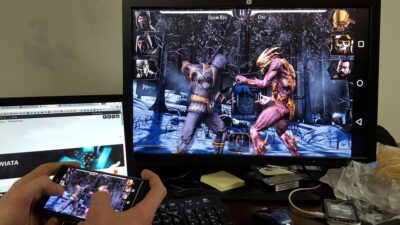Since its inaugural release in 1999, Super Smash Bros. has become a cornerstone of both gaming culture and competitive esports. From its humble beginnings on the Nintendo 64 to the recent release of Super Smash Bros. Ultimate, the series has consistently captured the hearts of gamers young and old. This article delves into the evolution of Super Smash Bros., exploring its gameplay mechanics, character roster, and the community surrounding it over the years.
The Origins: Super Smash Bros. (1999)
The journey began with the original Super Smash Bros. on the Nintendo 64. This groundbreaking title introduced players to an innovative blend of platforming, brawling, and iconic Nintendo characters. Players could choose from a roster of eight fighters, including veterans like Mario, Link, and Pikachu. The game’s appeal lay in its unique control scheme and multiplayer mode, allowing friends to gather and battle each other in a chaotic environment where items and stage hazards added to the frenetic fun.
Expanding the Universe: Super Smash Bros. Melee (2001)
The turning point for the series came with Super Smash Bros. Melee on the GameCube. Released in 2001, Melee brought significant improvements to graphics and gameplay, including faster combat, advanced techniques like wavedashing, and a larger roster featuring beloved characters like Marth and Roy from the Fire Emblem series. Competitive players flocked to Melee, establishing it as a staple of the esports scene. The community organized tournaments, and the game’s depth encouraged players to master intricate mechanics, leading to a devoted competitive following that endures to this day.
Transitioning to 3D: Super Smash Bros. Brawl (2008)
After a several-year gap, Super Smash Bros. Brawl debuted on the Wii in 2008, marking a shift in the franchise’s design philosophy. This installment introduced new mechanics such as Final Smashes and a more narrative-driven single-player experience with the Subspace Emissary mode. New characters like Snake from Metal Gear Solid and Sonic the Hedgehog were exciting additions, expanding the crossover potential of the series. However, its slower gameplay and some controversial design choices led to a mixed reception among the competitive community, which had solidified around Melee.
A New Era: Super Smash Bros. for Nintendo 3DS and Wii U (2014)
The franchise took another leap with the simultaneous release of Super Smash Bros. for Nintendo 3DS and Wii U in 2014. Prioritizing fan feedback, these versions aimed to balance competitive gameplay with accessible fun. The character roster was massive, bringing in newcomers like Mega Man, Pac-Man, and even the Castlevania’s Simon Belmont, while retaining classic favorites. The introduction of new stages, better online matchmaking, and customization options reinvigorated the series, appealing to both casual gamers and devoted players.
The Ultimate Collection: Super Smash Bros. Ultimate (2018)
Released in December 2018 for the Nintendo Switch, Super Smash Bros. Ultimate was a love letter to fans. Dubbed as “Everyone is here,” the game featured every character from previous installments, alongside new additions like Inkling from Splatoon and Ridley from Metroid. The gameplay refined mechanics from its predecessors while enhancing speed and fluidity. The inclusion of robust online play, extensive single-player content, and collectible spirits made it the pinnacle of the franchise.
The competitive scene exploded once again, with Ultimate quickly becoming the face of major esports tournaments. The game’s balance updates and the introduction of DLC characters, such as Joker from Persona 5 and Steve from Minecraft, kept the community engaged and sparked debates about representation, character viability, and gameplay strategies.
The Community and Cultural Impact
Beyond gameplay, Super Smash Bros. has fostered a vibrant community that extends far beyond casual play. Local tournaments, national championships, and international events highlight the game’s competitive nature. The series has also influenced gaming culture, inspiring fan art, memes, and collaborations that transcend platform borders. Platforms like Twitch showcase thousands of player streams, contributing to its ongoing legacy.
Conclusion
The evolution of Super Smash Bros. has been more than just a series of game releases; it has been a journey through the landscape of gaming itself. Each installment has reflected changes in game design, technology, and community engagement, creating a tapestry that connects generations of players. As the series continues to evolve, there’s no doubt that it will remain a beloved fixture in gaming, celebrating the joy of competition, camaraderie, and—most importantly—fun. Whether you’re a casual player or a competitive veteran, the spirit of Super Smash Bros. will continue to resonate for years to come.


